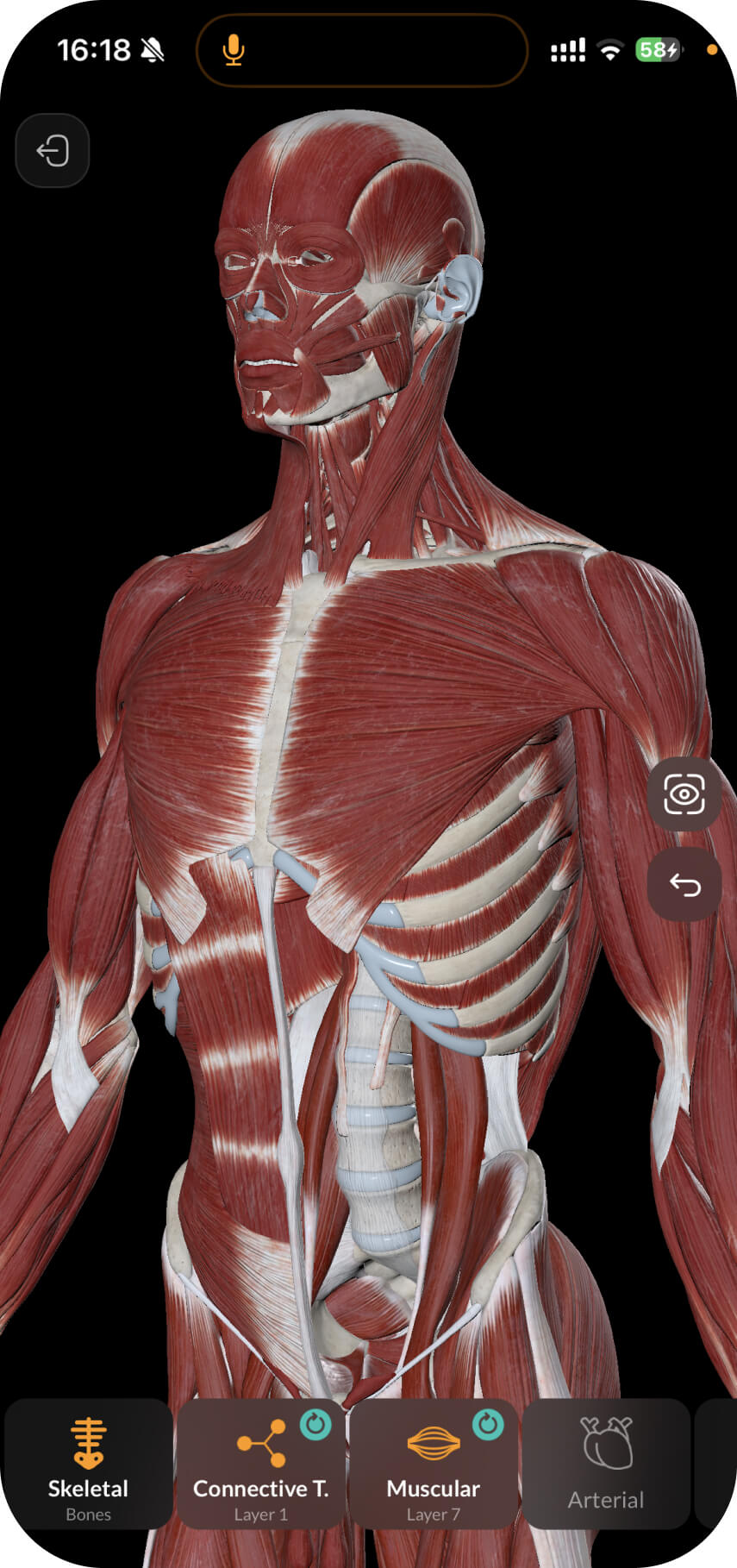The second cervical vertebra is called the axis.
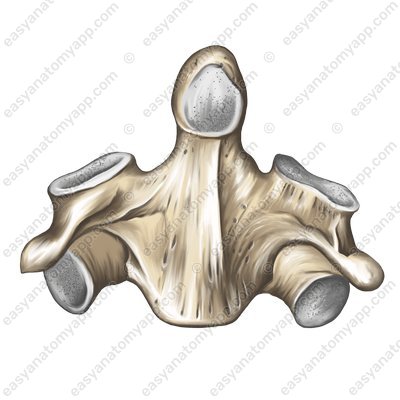
In general, it has the typical structure of a cervical vertebra (see corresponding PDF-note), but still with some diffeences. The most characteristic feature is the presence of a certain outgrowth — the dens.
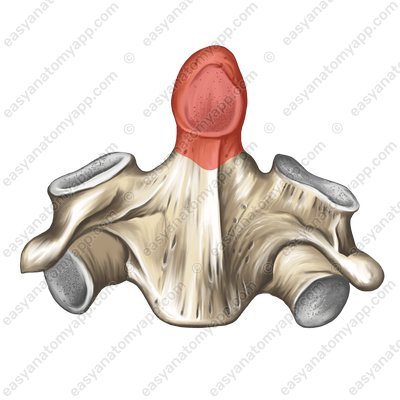
The dens has an apex (apex dentis);

and anterior and posterior articular surfaces (facies articularis anterior et facies articularis posterior).
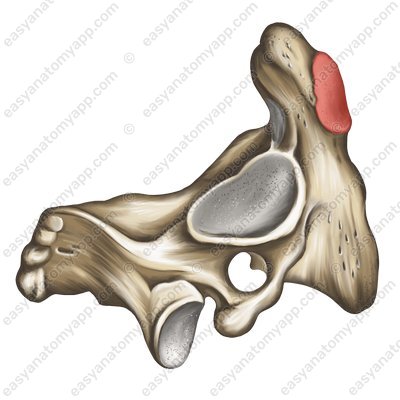
The anterior articular surface is connected to the fossa of the dens of the first cervical vertebra (atlas), and the posterior surface is connected to the transverse ligament of the atlas.
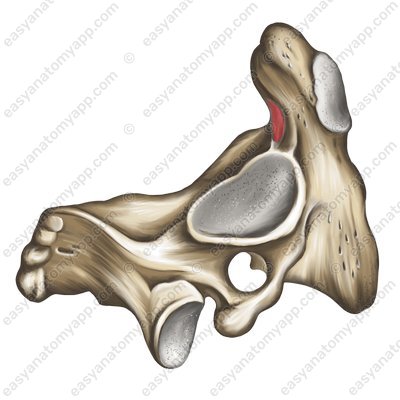
The vertebral body has superior and inferior articular processes (processus articularis superior et processus articularis inferior);
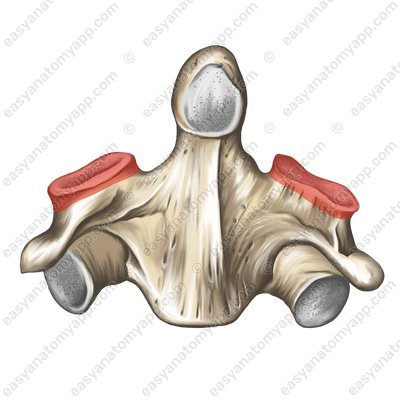
with corresponding articular surfaces (facies articularis superior et facies articularis inferior).
The upper articular surfaces serve to articulate with the atlas, the inferior articular surfaces — with the third cervical vertebra.

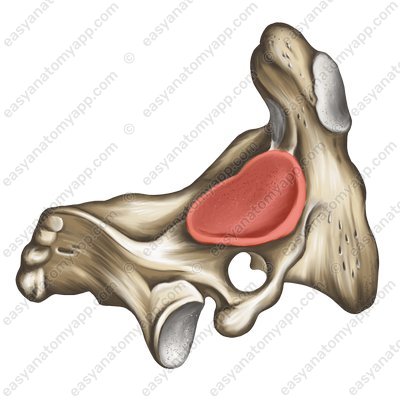
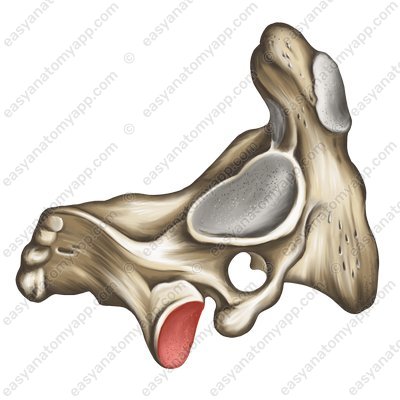
It is important to remember that the transverse processes (processus transversus) of all cervical vertebrae (including the axis) have transverse foramina (foramen transversarium) through which the vertebral artery passes.
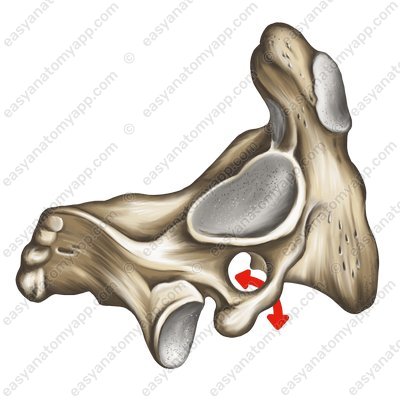
Axis (C2)
- axis
- axis
- dens
- dens
- apex dentis
- apex
- facies articularis anterior
- anterior articular facet
- facies articularis posterior
- posterior articular facet
- corpus vertebrae
- vertebral body
- processus articularis superior
- superior articular process
- processus articularis inferior
- inferior articular process
- facies articularis superior
- superior articular surface
- facies articularis inferior
- inferior articular surface
- foramen transversarium
- foramen transversarium

